Video : Pu Luong oranges and tangerines, the poverty-reducing tree of the Thanh Hoa highland people.

Kho Muong Valley, Pu Luong Commune, located in the buffer zone of Pu Luong Nature Reserve, is surrounded by high rocky mountains and dense fog, creating harsh natural conditions but also very suitable for many native plants to grow.

Previously, people here lived mainly by growing corn, cassava and other natural plants. However, seeing the potential of native fruit trees, many families have boldly changed their crop structure, bringing unexpected economic efficiency.

Mr. Ngan Van Hien (born 1960), one of the pioneers in growing native fruit trees. In 1997, he started converting nearly 3 hectares of land from growing corn and cassava to growing native tangerines and oranges, and to date, he owns more than 700 trees.

Mr. Hien said: “At first, my family only planted about 30 native tangerine and orange trees, mainly as an experiment. A few years later, we saw that the trees took root well, had many fruits, and had high yields, so we expanded the area and now it has become a fruit hill like today.”

According to Mr. Hien, this year's crop, his farm has a yield of about 20 tons of various fruits. With an average selling price of 20,000 VND/kg, the income from tangerines and oranges is estimated to be up to hundreds of millions of VND per year. This is truly a turning point that helps his family escape from difficult circumstances and stabilize their lives.

Besides the native oranges with their characteristic sour taste, Mr. Hien also grows Cao Phong oranges, which produce sweet fruit and high yield, serving a wider market demand.

Not only bringing economic benefits, the local kumquat and orange trees also have their own cultural and culinary values. The kumquat is known as a precious medicine and spice that creates a special aroma for many traditional dishes of the local people.

Every season, people harvest tangerines to make tea, soak them in honey, wine, or process them into special herbal products such as tangerine peel soaked in wild honey, tangerine wine. These are all attractive gifts for tourists.

Fruit trees in Kho Muong valley are mostly cared for according to traditional experience. People minimize the use of pesticides, instead using insect traps, creating a safe ecological environment and preserving the natural flavor of the fruit.

The tangerine trees are laden with fruit, and the gardeners have to tie the branches with ropes to prevent them from breaking. Some of the first trees are decades old, covered with moss, but still grow well and produce high yields. With the old trees, people replant to maintain the vitality of the whole garden.

Nowadays, many families in Pu Luong have expanded the fruit tree growing model, turning the hills lush green every harvest season. Not only a stable source of income, orange and tangerine trees have also become a symbol of change, improving people's lives.

The locality is also implementing many solutions to support farmers such as product consumption, developing key products from local tangerines and oranges. The goal is to build a unique brand for Pu Luong tangerines, expand the consumption market and develop a sustainable economy. Thanks to that, not only will income be improved but also contribute to the preservation of valuable traditional tree varieties, preserving the cultural identity of the highland rural areas.

The season of tangerines and oranges in Pu Luong is not only beautiful in terms of scenery but also contains the story of the efforts and changes of the people here. The tangerines and oranges hanging from the branches are a vivid proof of the hard-working spirit, creativity and aspiration of the highlanders. Tangerines and local oranges are not only native trees but also hope and opportunity to help Pu Luong develop more and more.
Hoang Dong
Source: https://baothanhhoa.vn/cam-quyt-pu-luong-cay-thoat-ngheo-cua-nguoi-vung-cao-269571.htm









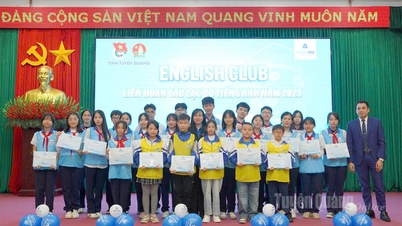














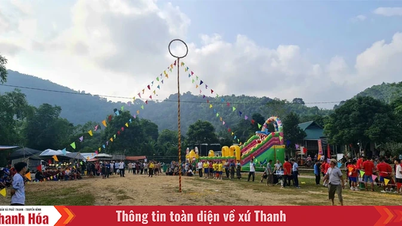

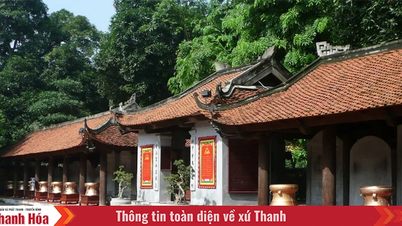
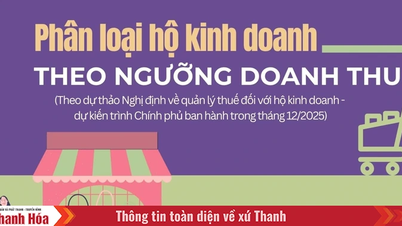


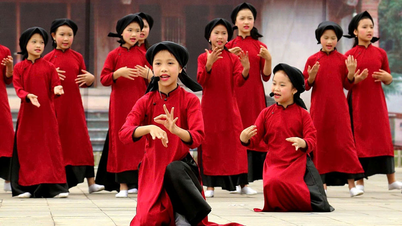




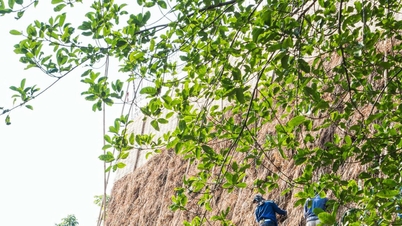



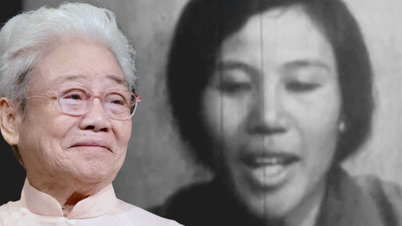


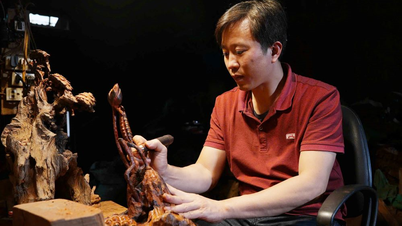


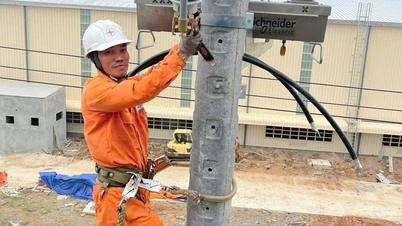


















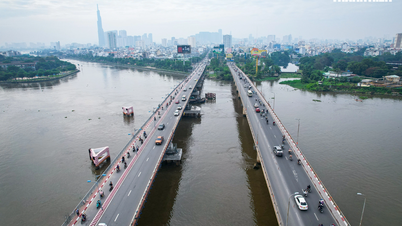
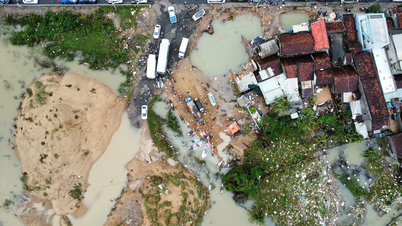
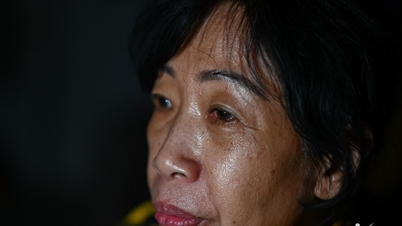






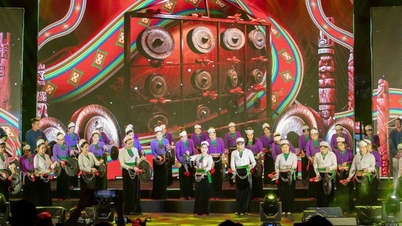





















Comment (0)